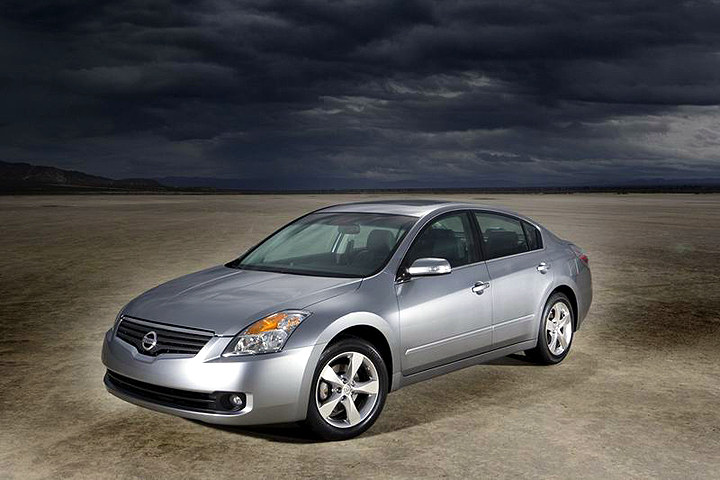

Currently, there is a lot of interest in hybrid cars due to the gas prices of recent years. There are two forms of hybrid cars. The first is a parallel hybrid, where there is both a gas and electric supply attached to the transmission of the car and the car is able to use both sources when running. The second is a series hybrid, where the gas portion powers a generator and the generator supplies electricity for the motor to run. These both improve the efficiency of the car, which is why hybrids are favored today. The only drawback for some consumers is the size.
The reason for this is that smaller cars help maintain the efficiency of the car. With a big car the engine is heavier and so when speeding or traveling up an incline, more energy is needed. Further more, because of the size, the hybrid car has an engine that requires less energy to perform its tasks. Then there is the cylinder displacement, which in a large vehicle takes more power. And in terms of cylinders, the smaller hybrid car doesn’t need as many to perform.
The Honda Insight is one of the smallest hybrid cars on the market. It was designed to carry two people. There is hardly any space for cargo or luggage. This design improves the fuel efficiency considerably, but the lack of space is a drawback.
The Toyota Prius has more space than the Insight. It can fit more than four people and the hatchback trunk can carry more cargo or luggage. This design has won Toyota awards and honors but for a family car, today’s consumers are used to having much more room.
Then there is the Honda Civic Hybrid. This car is the same size as a regular Honda Civic. The compartment spaces are maximized as much as possible in this model. Again, for the consumer who is used to driving an SUV or a minivan, this may still be not enough.
And for those consumers, there are some SUV and minivan hybrids available, however they don’t perform well. The efficiency has been compromised by the size. The price tag of these cars is a couple of thousands of dollars more than the regular models so in the end it may not be worth it in terms of gas mileage. So if you are buying a hybrid, it is best to go for the smaller cars and if you are looking for something larger, a hybrid may not be worth it.
The reason for this is that smaller cars help maintain the efficiency of the car. With a big car the engine is heavier and so when speeding or traveling up an incline, more energy is needed. Further more, because of the size, the hybrid car has an engine that requires less energy to perform its tasks. Then there is the cylinder displacement, which in a large vehicle takes more power. And in terms of cylinders, the smaller hybrid car doesn’t need as many to perform.
The Honda Insight is one of the smallest hybrid cars on the market. It was designed to carry two people. There is hardly any space for cargo or luggage. This design improves the fuel efficiency considerably, but the lack of space is a drawback.
The Toyota Prius has more space than the Insight. It can fit more than four people and the hatchback trunk can carry more cargo or luggage. This design has won Toyota awards and honors but for a family car, today’s consumers are used to having much more room.
Then there is the Honda Civic Hybrid. This car is the same size as a regular Honda Civic. The compartment spaces are maximized as much as possible in this model. Again, for the consumer who is used to driving an SUV or a minivan, this may still be not enough.
And for those consumers, there are some SUV and minivan hybrids available, however they don’t perform well. The efficiency has been compromised by the size. The price tag of these cars is a couple of thousands of dollars more than the regular models so in the end it may not be worth it in terms of gas mileage. So if you are buying a hybrid, it is best to go for the smaller cars and if you are looking for something larger, a hybrid may not be worth it.
About The Author
Jackson Porter is a staff writer at http://www.automobileenthusiast.com and is an occasioanl contributor to several other websites, including http://www.environmental-central.com.












